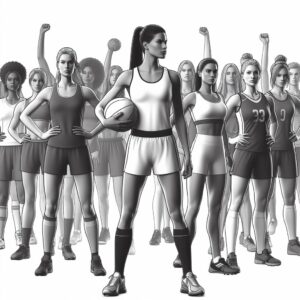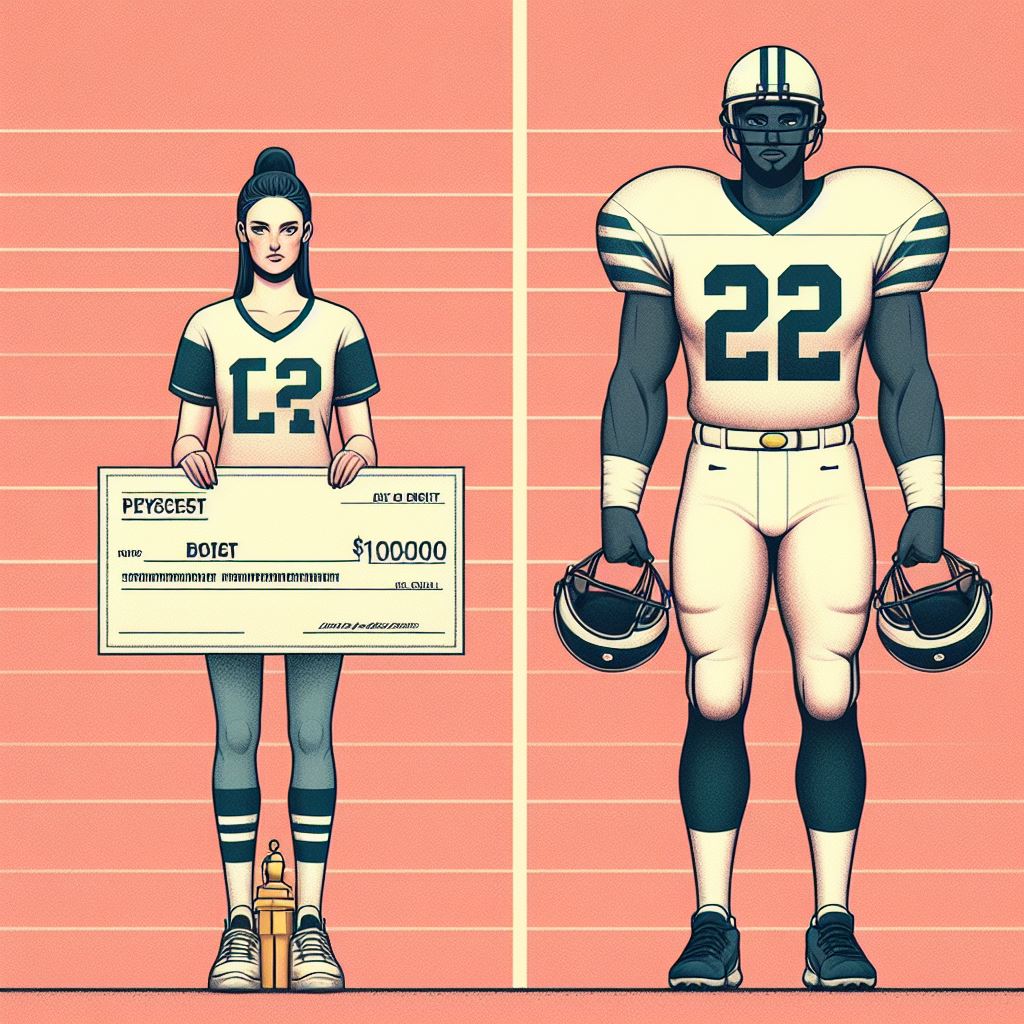Introduction:
Gender equality in sports has been a longstanding issue, characterized by disparities in pay, media coverage, sponsorship opportunities, and overall recognition between male and female athletes. Despite remarkable progress in recent years, significant barriers persist, hindering the advancement of gender equality in the sports world. In this article, we will delve into the current state of gender equality in sports, examine the challenges faced by female athletes, and explore strategies aimed at closing the gap and fostering a more inclusive and equitable sports landscape.
The State of Gender Equality in Sports:
1. Pay Disparity: One of the most glaring discrepancies in sports is the significant pay gap between male and female athletes. Even in sports where female athletes achieve comparable success to their male counterparts, such as soccer and tennis, they often receive substantially lower salaries and prize money. This disparity is particularly evident in professional leagues and tournaments, where male athletes command higher earnings and endorsement deals.

2. Media Representation: Female athletes are consistently underrepresented and marginalized in sports media coverage. Studies have shown that women’s sports receive disproportionately less airtime, fewer headlines, and minimal coverage compared to men’s sports. This lack of visibility not only diminishes the accomplishments of female athletes but also perpetuates gender stereotypes and reinforces the notion that men’s sports are inherently more valuable and worthy of attention.
3. Limited Sponsorship Opportunities: Female athletes also face challenges in securing lucrative sponsorship deals and endorsement opportunities. Despite their athletic achievements and marketability, female athletes often struggle to attract sponsors willing to invest in their careers. This disparity is reflective of broader societal biases and perceptions surrounding women’s sports and their commercial viability.
Challenges Faced by Female Athletes:
1. Societal Expectations and Stereotypes: Female athletes frequently encounter societal expectations and stereotypes that undermine their credibility and athleticism. Women in sports are often subjected to scrutiny and criticism regarding their appearance, demeanor, and personal lives, detracting from their athletic achievements and reinforcing gender norms.

2. Inadequate Investment and Resources: Female athletes often have limited access to resources and support compared to their male counterparts. This includes disparities in funding, facilities, coaching staff, and training opportunities, which can hinder the development and success of female athletes at all levels of competition.
3. Lack of Representation in Leadership Roles: Women are significantly underrepresented in coaching, administrative, and leadership positions within sports organizations and governing bodies. The absence of female representation in decision-making roles perpetuates gender inequality and hampers efforts to address systemic issues and advocate for gender equity in sports.
Strategies for Closing the Gap:
1. Equal Pay Policies: Implementing policies and initiatives to provide similar pay for male and female athletes across all classes of competition. This includes advocating for fair and transparent compensation structures, addressing wage disparities, and incentivizing gender parity in sponsorship agreements and prize money allocations.

2. Media Diversity and Inclusion: Promoting diversity and inclusion in sports media coverage by amplifying the voices and stories of female athletes. This includes increasing the representation of women’s sports in mainstream media, challenging stereotypes, and providing equitable options for female athletes to showcase their skills and achievements.
3. Investment in Women’s Sports: Investing in women’s sports at all levels, including grassroots programs, youth development initiatives, and professional leagues. This includes allocating resources for facilities, coaching, equipment, and player development programs to support the growth and sustainability of women’s sports.
4. Leadership and Advocacy: Empowering women to assume leadership roles and advocate for gender equality within sports organizations and governing bodies. This includes promoting diversity in leadership positions, fostering mentorship and networking opportunities for women in sports, and advocating for guideline modifications to address systemic barriers to gender equity.

Conclusion:
In conclusion, achieving gender equality in sports requires a concerted effort from athletes, sports organizations, sponsors, media outlets, and policymakers. By addressing systemic barriers and promoting inclusivity and variety in sports, we can make a better, equitable, and inclusive sports landscape that empowers athletes of all genders to thrive and succeed. As advocates for change, we must continue to challenge gender norms, advocate for similar options, and work towards bridging the gap between male and female athletes in the pursuit of true gender equality in sports.
